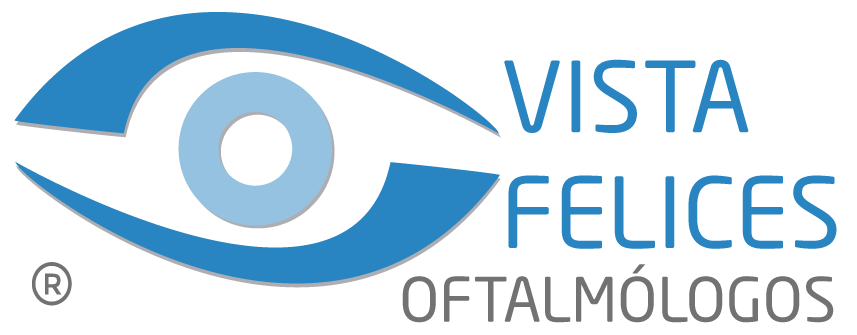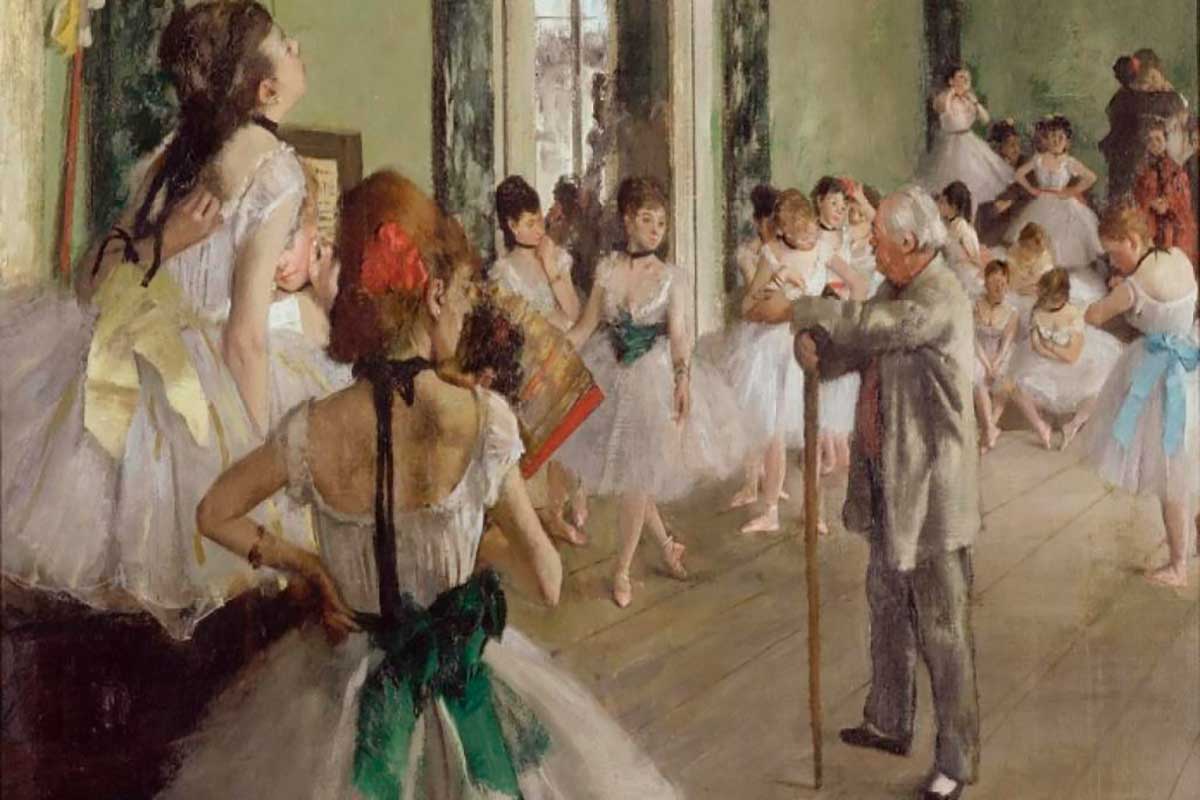- noviembre 27, 2025
- Consejos
La visión de los artistas: cómo las enfermedades oculares influyeron en sus obras.
La historia del arte no solo se escribe con pinceles, colores y lienzos, sino también con los ojos que observan y reinterpretan el mundo. La visión es el puente entre la realidad y la creación artística; cuando este puente se ve alterado por una enfermedad ocular, la obra resultante puede transformarse de forma profunda. A lo largo de la historia, varios artistas han visto su estilo evolucionar —o incluso revolucionarse— debido a problemas visuales.Aunque estas enfermedades representaban un desafío, también influyeron en su manera de percibir el mundo y, en algunos casos, dieron lugar a estilos únicos e irrepetibles. Este artículo explica cómo la salud visual afectó a algunos grandes maestros, entre los que se encuentran Claude Monet y Edgar Degas, cuyas patologías oculares influyeron decisivamente en sus últimas obras.
Claude Monet, figura central del impresionismo, sufrió cataratas en sus últimos años. Esta enfermedad provoca visión borrosa y una percepción del color más amarillenta o rojiza.
Cuando comparamos sus primeras pinturas del estanque de Nenúfares con las realizadas al final de su vida, los cambios son evidentes: los verdes se vuelven más oscuros, los detalles se diluyen y las formas se vuelven más amplias y difusas. Monet incluso confesó sentirse desesperado porque ya no podía distinguir bien los tonos. Aun así, estas obras tardías poseen una fuerza emocional y un carácter casi abstracto que hoy se consideran parte esencial de su legado.
Edgar Degas: la mirada borrosa del bailarín Edgar Degas, conocido por sus escenas de ballet y sus retratos íntimos, padeció una degeneración macular progresiva. Este problema afecta la visión central, dejando solo la periferia relativamente clara. Como resultado, Degas empezó a trabajar menos con óleo y más con pasteles, que le permitían trazar formas sin necesitar tanta precisión. Sus obras tardías muestran figuras suavizadas, contornos poco definidos y colores aplicados en capas difusas. Esa atmósfera brumosa no solo refleja sus dificultades visuales, sino también su capacidad de adaptarse y encontrar belleza en lo imperfecto.
Turner y la luz que se disuelve El pintor británico J. M. W. Turner, famoso por sus marinas luminosas, pudo haber sufrido problemas oculares relacionados con la edad, como cataratas incipientes. Aunque no está totalmente confirmado, muchos observadores notan que sus últimas obras se vuelven cada vez más luminosas, casi deshechas en luz y color. Sea por enfermedad o por evolución artística, Turner abrió el camino hacia un estilo que roza la abstracción y que influyó profundamente en generaciones posteriores.
El Greco: ¿visión alterada o pura expresión? Las figuras alargadas de El Greco han dado pie a teorías que apuntan al astigmatismo, una condición que distorsiona las proporciones. Sin embargo, la mayoría de especialistas cree que ese efecto fue buscado, no impuesto. En cualquier caso, la idea nos recuerda que la línea entre limitación física y estilo artístico puede ser muy fina.
Los casos de Monet, Degas y otros artistas muestran que los problemas de visión no siempre suponen un freno creativo. A veces, obligan a buscar nuevos caminos: cambiar de técnica, modificar la paleta o experimentar con la forma.
Estos artistas no solo pintaron lo que veían, sino también cómo lo veían. Y gracias a ello, su obra nos invita a mirar el mundo desde una perspectiva distinta: la de alguien que, aun con sus limitaciones, encontró una forma única de transformar la realidad en arte.

